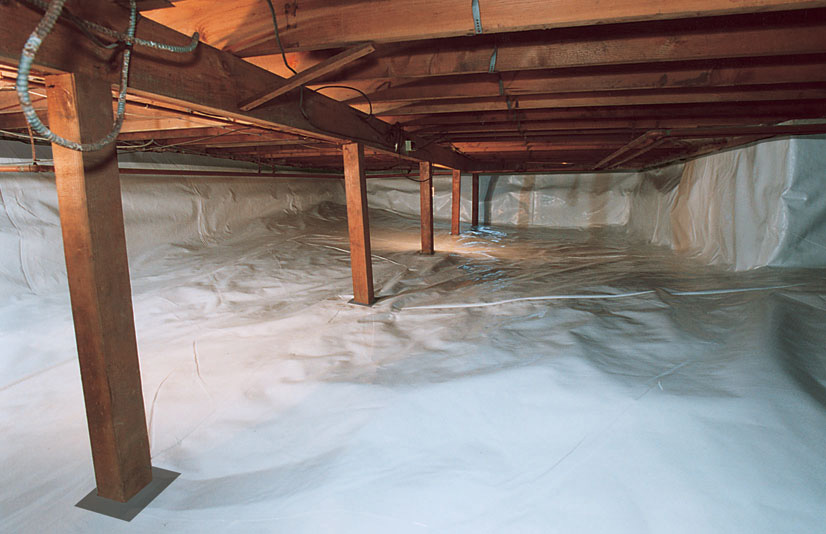3 Hacks to Ensure Your Crawlspace Isn’t Wasting Energy
When it comes to ensuring the energy-efficiency of your home, your thoughts probably turn to adding more wall or attic insulation, installing a new roof or investing in ENERGY STAR windows. While these can all be great choices, it’s also worth considering whether an improperly finished crawlspace may be sapping energy from your home. Many crawlspaces were not built with efficiency in mind, frequently resulting in problems with heat loss and moisture intrusion that can become a significant hindrance. Following the three tips below, you can effectively diagnose and address any issues your crawlspace may be causing in your home.
To Ventilate or Not to Ventilate?
According to the EPA’s ENERGY STAR program, the basement or crawlspace represents the second-greatest potential for energy savings in the average home, just behind the attic. In order to tap into those savings, however, it’s important to understand the specific needs of your home. The best approach to take will depend on the configuration of your crawlspace, and one of the most important considerations is whether it is sealed or ventilated.
Many building codes require that crawlspaces be well-ventilated in order to manage moisture buildup, but most professionals now recommend an unventilated crawlspace provided the exterior of the home has appropriate drainage. Whether you have an existing sealed crawlspace or you intend to seal a previously ventilated space, it’s critical to maintain continuous air and moisture barriers to prevent air leaks and moisture issues from developing over time. Of particular importance is sealing the foundation walls, as well as the entrance door if it isn’t located inside the home.
Control Moisture
Before doing anything else, it’s essential that you eliminate any sources of moisture in your crawlspace. Moisture can have a real impact on the energy-efficiency of the crawlspace and the living spaces above, but it also opens up the possibility of damage from mold and mildew, fungi, dust mites and other moisture-seeking pests. Cutting off the influx of moisture will mitigate all of these concerns, but it may not be easy to do. As with basements, crawlspaces face moisture intrusion from a number of different potential sources.
If possible, it’s best to begin by sealing any open crawlspace vents. As mentioned above, many experts no longer view ventilation as an appropriate solution to moisture issues. Instead, it’s best to make the crawlspace part of the home’s “conditioned” space, meaning that it’s heated, cooled and moisture-controlled in the same way as the air inside the home’s living space. Next, ensure that the ground surrounding the home is graded appropriately to ensure that water is efficiently drained away. According to Crawlspace Depot, maintain your home’s gutter system and locate all downspouts well away from the foundation to prevent water seepage.
Invest in Insulation
As with the attic, exterior walls and other home components, insulation is one of the best investments you can make toward creating a more efficient crawlspace. Many crawlspaces are not insulated at all, and if they are, you’re likely to find hastily installed fiberglass batts dangling from between the joists. Fortunately, proper insulation is easily achievable and should result in a significantly more efficient crawlspace.
The first decision you’ll be faced with is choosing the right type of insulation. Because moisture is a common concern, a moisture-resistant insulation such as rigid foam board is an ideal choice. If you live in a particularly cold climate, the added insulation value of polyisocyanurate foam board may be worth the additional cost. No matter your choice, focus on insulating the exterior walls rather than the ceiling. The floor of the crawlspace may also be insulated with an insulating mat, though this is not a necessity. Finally, be sure to install proper vapor barriers over the floor and atop the insulation on the foundation walls.
Although crawlspaces account for a relatively small portion of the home, they can have an outsized impact on overall energy use. A properly sealed and insulated crawlspace will require less energy, create a more comfortable environment in the living spaces above and help to prevent the mold and mildew issues that plague many homes. As energy prices continue to climb in the future, a modest investment now could lead to big savings down the road.


















